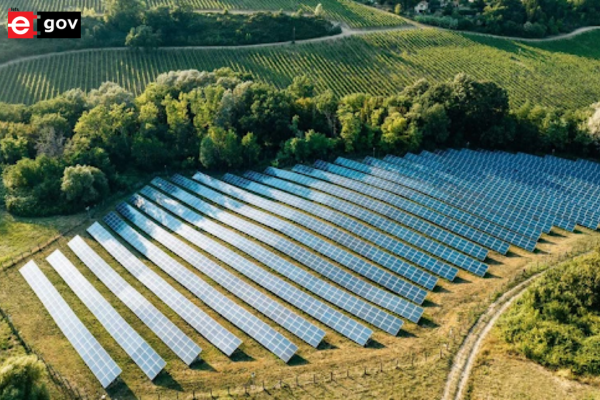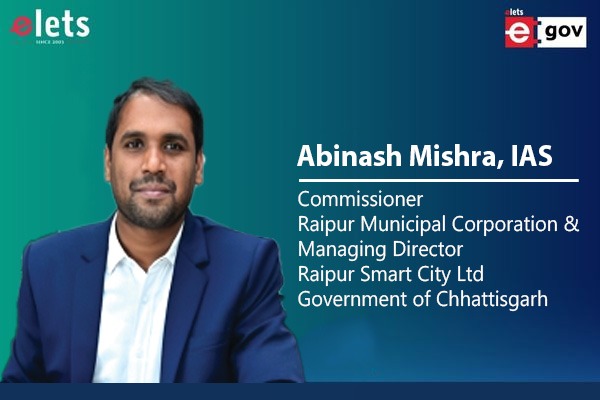
As India sets its sights on sustainable development to achieve 500 GW of installed renewable energy capacity by 2030, electrification through sustainable means has become more critical than ever. The power system, shaped by decades of refining processes and standards, has traditionally been stable and reliable. However, the focus on sustainability has introduced new opportunities, consultations, and perspectives, requiring innovative approaches to resource procurement to ensure a dependable electricity supply.
Our society now demands uninterrupted power—regardless of the season or weather conditions. Even as the grid transitions to a high level of variable renewable energy (VRE), maintaining reliability remains crucial. With this shift, the variability and uncertainty inherent in renewable energy sources pose challenges in ensuring sufficient resources are available to meet customer demands.

The solution lies in resource adequacy planning—a grid planning method that ensures operators have the resources to balance supply and demand while accounting for credible contingencies such as unexpected generator outages, fluctuating loads, and variability in renewable energy generation. By statistically evaluating these constraints, grid planners can project resource needs to maintain an acceptably low risk of capacity shortages.

Resource adequacy planning determines how much investment our power grid requires, the amount of new generation needed, and which generators may retire. It sets the planning reserve margin in regulated utilities to signal the need for new generation and guide procurement decisions. In some restructured markets, the planning reserve margin justifies the existence of capacity markets. In contrast, in others, it serves as an advisory metric, influencing resource decisions through scarcity price signals and spot market expectations. As the resource mix of the power system evolves, resource adequacy becomes increasingly nuanced and complex.

Also Read :- GETRI Catalysing Gujarat’s Energy Transition

The Indian Electricity Grid Code (IEGC) 2023 has introduced a comprehensive Resource Planning Code, establishing a framework for a resource adequacy metric-based approach. This transformative and inclusive framework aims for optimal planning that avoids both overcapacity and unmet energy needs. The planning code has undergone a thorough overhaul, covering all aspects of power system planning, including demand forecasting, generation resource planning (such as flexibility, ramping, and minimum turndown levels), energy storage requirements, system reserves, and inertia for grid stability. It also includes inter-state system planning, such as re-optimization studies, adequacy assessments, and enhancements of total transfer capability (TTC) across inter-regional boundaries and the interface between the ISTS and STU networks.
A bottom-up planning approach is recommended, encompassing demand forecasting, generation resource adequacy planning, and transmission resource adequacy assessment, all of which are necessary for secure grid operation. This resource adequacy planning is conducted on a rolling year basis to ensure the availability of generation resources and an adequate planning reserve margin.
Accurate demand forecasting over different time horizons is the first key requirement for ensuring resource adequacy. This demand estimation is crucial for integrated resource planning,
as other aspects depend on it.
Under the Electricity Act 2003, the Central Transmission Utility (CTU) is responsible for developing an efficient,
coordinated, and economical inter-state transmission system (ISTS), while the State Transmission Utility (STU) is tasked with developing a similar intra-state transmission network to ensure smooth electricity flow from generating stations to load centers.
A capacity crunch during highdemand periods often reflects inadequate resource adequacy (RA). The RA framework ensures generation resource planning accounts for peak demand and includes a planning reserve margin. The IEGC and the Ministry of Power’s guidelines provide the foundation for this framework. Once implemented by the states, the RA framework will ensure an adequate reserve margin during peak periods, eliminating the need for system
operators to procure reserves in advance.
Also Read :- GERMI’s Innovations Leading Gujarat Towards Greener Future
Resource adequacy modeling, when integrated with objectives such as emissions constraints, Renewable Purchase Obligations, and policy impacts like Time of Day (ToD) tariffs and expected price variations, can help utilities gain better visibility in planning and reduce the risk of suboptimal decision-making.
In line with this, Gujarat Urja Vikas Nigam Limited (GUVNL) has partnered with GiZ to conduct a resource adequacy study for its subsidiaries and build the capacity of its personnel. Through this initiative, GUVNL aims to make better business decisions and understand the impact of regulatory and technical factors, thereby enabling informed decision-making.
Be a part of Elets Collaborative Initiatives. Join Us for Upcoming Events and explore business opportunities. Like us on Facebook , connect with us on LinkedIn and follow us on Twitter, Instagram.
"Exciting news! Elets technomedia is now on WhatsApp Channels Subscribe today by clicking the link and stay updated with the latest insights!" Click here!













